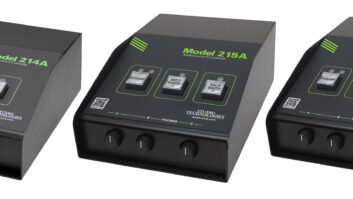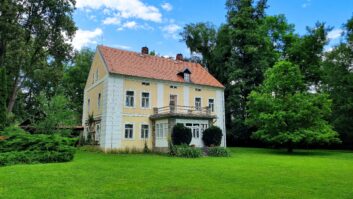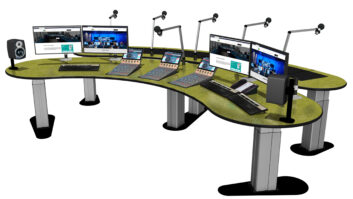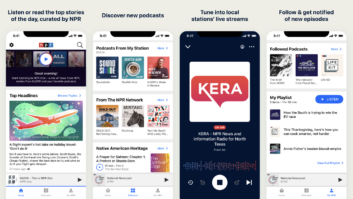The author is a contract broadcast engineer in the Gulf Coast area.
Archangel Communications station WNGL(AM), which is in Fairhope, Ala., and licensed to Mobile, was in need of an upgrade for its air studio. The equipment was aging and its one equipment rack was overloaded with a plethora of black cables going here and there and who knows where. 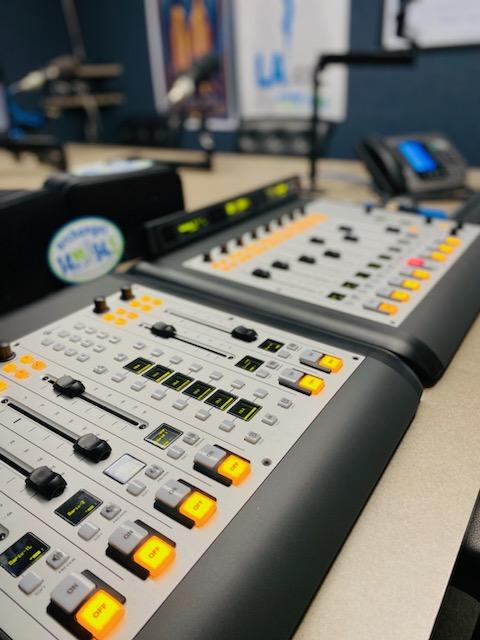
Manager Ellen Taylor and her staff called on Santiago Rodriguez to design a solution. In addition to being a broadcasting systems engineer for the Office of Cuba Broadcasting in Miami and being in charge of the National Latino Broadcasting Engineering Department, a SiriusXM affiliate, he provides engineering services under his own company, Audio Advertising Inc.
To replace our outdated board and phone interface, Santiago recommended an Axia QOR.32 engine with iQ surface and Telos VSet controller and VX Prime+ system to handle phone callers. A program delay module was added for extra protection from unexpected on-air comments.
The Axia system is complimented with a line node, mic node and headphone interface unit for each user. Each headphone interface box has a personal level control.
The studio also uses BSI Simian for playout and Adobe Audition for recording. New Sony headphones were part of the job.
Audio routing is accomplished with standard Cat-5 cables and RJ-45 connectors, along with suitable XLR adapters and utilizing Livewire+ protocol in the Axia network. The new managed switch was placed at the top of the equipment rack; ports 1–12 were allocated to the Axia network and 13–24 for the in-house network.
AT&T provided an STL link on a temporary setup using a Cradlepoint modem with a Comrex BRIC-Link II codec on each end while we are waiting on fiber. This equipment was also set on top of the rack. A UPS was added to the rack and another ordered for the network closet.
The install began on a Saturday morning at 6 a.m. and was finished Sunday evening at 6 p.m.
We encountered only a couple of problems. A headphone box was noisy, so we arranged a replacement. Also, two of the four computers involved required licenses for new network drivers, which did not show up until Monday.
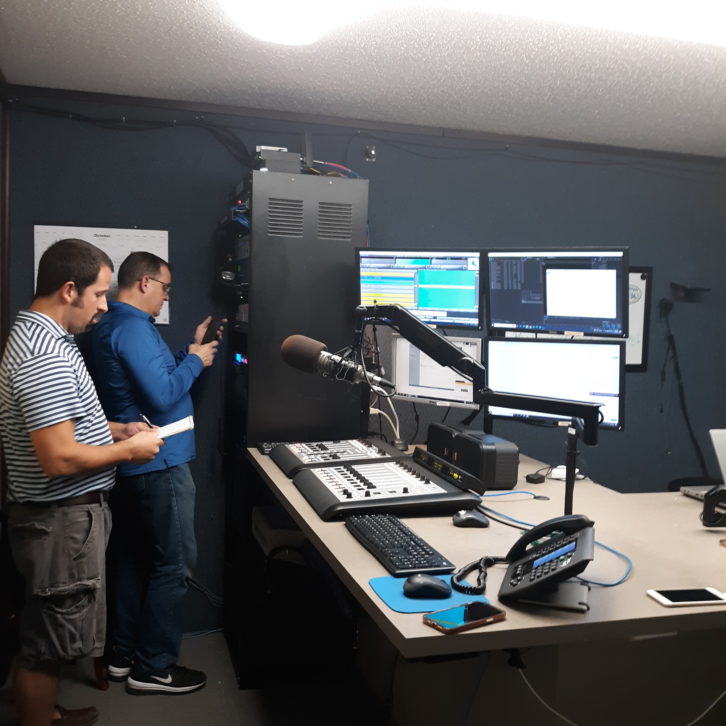
The two computers that use audio — Adobe and Simian — required additional network interfaces for the Livewire network, since audio is routed through this separate network, but IT guy Mark Gunn had taken care of that a week before the install, which was a huge help. He also assisted with setup of the Telos equipment.
I assisted Santiago during the work and made sure the EWTN network’s Barix unit was connected to the STL at all times during the rack renovation, with a legal ID playing from a flash player. Ellen Taylor provided donuts, sandwiches and coffee so we wouldn’t have to leave the building to take breaks!
If you are planning a similar install, be sure to take into account the managed network switch. Ours has a noisy fan. We plan on substituting it with a patch panel and remoting it to a network closet, which will require new Cat-6 cable drops to the closet. Also the Telos VX has a variable-speed fan and was remoted to the closet.
This upgrade was a huge success thanks to careful planning. The live morning show aired without a hitch Monday morning using all four microphones and phone-in callers. A second new studio is in the works.






